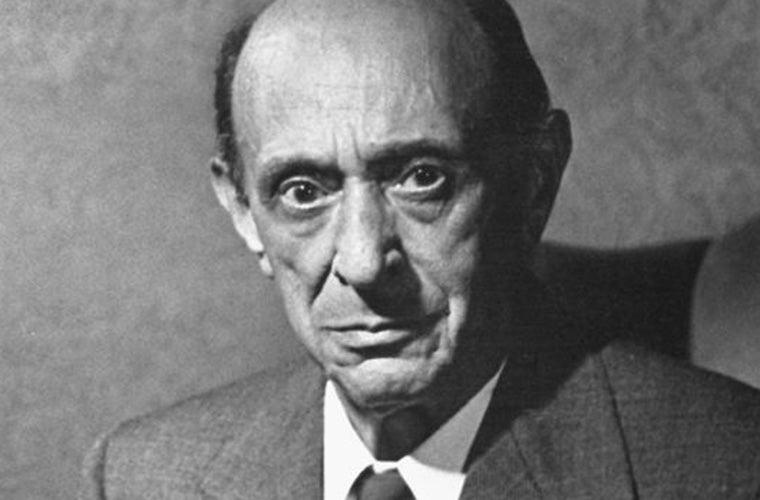
Arnold Schoenberg
1874–1951
Biography
Arnold Schoenberg was an Austrian composer and painter. His music in the late nineteenth century and the early twentieth century was of profound importance, for he developed the highly celebrated twelve-tone technique. He was also known to be the master of developing variation construction principle. Schoenberg’s influence found its way to his students, particularly Alban Berg and Anton Webern, who were later considered to be part of the Second Viennese School, with Schoenberg as their leader.
Arnold Schoenberg was born on September 13th, 1874, in the Leopoldstadt district of Vienna. His family had him take violin lessons at the age of eight. In one of his memoirs, he wrote that he could play violin duets of Viotti and Pleyel when he was as little as nine years old. Other than that, Schoenberg had very little formal training in music, although he would go on to study counterpoint with his mentor Alexander von Zemlinsky, but by that time Schoenberg was already an established musician. He was also mentored by the great Gustav Mahler between 1909 and 1911. Schoenberg spent most of his life orchestrating operas and teaching. In 1934, he moved to the United States to escape Nazi Germany, and taught at the University of Southern California, and also at the University of California in Los Angeles.
Much of Schoenberg's music was not understood at first, and it is a known historical fact that many of his orchestras were received poorly at their first performance, yet the second performance would attract all sorts of praise. An example of this was his Chamber Symphony No. 1, which when performed in 1907, was not received well, however, when it was performed in 1913, he received a remarkable ovation. Perhaps Schoenberg’s greatest contribution to music was his twelve-tone method. A method that would ensure the use of all 12 notes on the chromatic scale, which stands in sharp contrast to classical harmony where one note (or scale) receives the most emphasis. Examples of his twelve-tone works include the Suite for Piano 1921, his String Quartet No. 4, and the Fantasy for Violin and Piano 1949. Schoenberg even included the twelve-tone method in his orchestral works such as his Violin Concerto of 1935 and his Piano Concerto of 1942. Schoenberg’s twelve-tone technique would be used by several decorated musicians, including Pierre Boulez, Luigi Nono, and his students Alban Berg and Anton Webern. His collaborations with Alban Berg and Anton Webern were marked by twelve-tone compositions, along with some works that bordered on Mahlerian Romanticism. Thus, Arnold Schoenberg, Alban Berg, and Anton Webern were given the title of ‘The Second Viennese School’ for their exceptional influence in music.
Arnold Schoenberg died on July 13th, 1951. The cause of his death was most unusual. It was said that he was highly superstitious and that he dreaded the number 13, and on July 13th, when he was 76 years old (7+6=13) he lay in bed extremely depressed and fearful, so much so that his fear eventually killed him. His legacy would go on to inspire several musicians in the twentieth century.